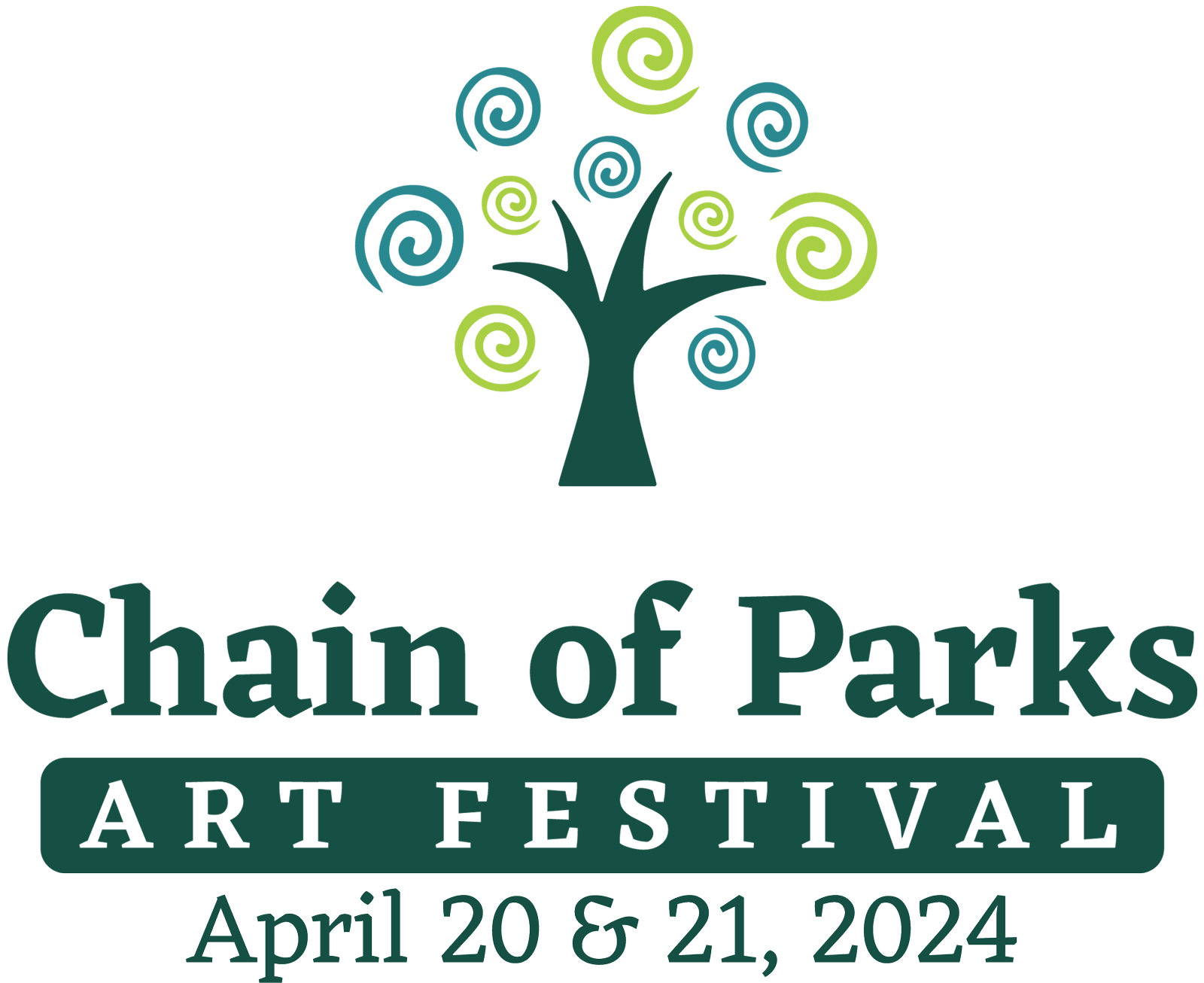The Importance of Art Education
While many educators have encouraged students to pursue science and technology, the arts have seemingly been left behind. Whether it’s a decrease in funding or attention by administrators, art education has been unjustly ignored in favor of more lucrative subjects. What may surprise many people however, is that research has shown art education to be very beneficial to a student’s success.
Before the widespread ability to reproduce images, art education was limited and taught at the discretion of individual teachers. Art history in particular was a rare subject found in schools before photography, due to the impossibility of American students being able to view Greek statues or Victorian paintings. This combined with materials for painting and sculpting being expensive, art education as a common subject in American schools is a fairly new concept.
After the GI Bill paved the way for more college students, Bachelors and Masters degrees in fine arts were introduced in many universities across the country. Commercial industries grew to include art and design as an integral part of their success, from advertisements to detailed packaging. As technology progresses there is more opportunity for artists to find work, as everything from apps to movies require artists.
So why then has art education been defunded time and time again across the country? The answer is pretty clear: an overall reduction in school funding combined with the No Child Left Behind act means there’s far less incentive for schools to spend time and resources on the arts. While the NCLB act requires art to be a part of the curriculum, it does not require reporting instruction time or performance data. With test scores and student stats becoming the focus of schools in order to secure funding, there’s no financial incentive to offer art classes.
But if we turn our focus to another statistic, it becomes clear how beneficial art education is to the students themselves. According to Americans for the Arts, low-income students involved in the arts are 18% less likely to dropout of high school than their peers who aren’t involved. The benefits don’t stop there: students who take four years of music or art classes score on average 100 points higher on the SAT. The difference in performance extends into college, with students involved in art seeing a 20% increase in graduating with a bachelor’s degree.
The Chain of Parks Art Festival aims to see art proliferate throughout and improve our community. With decreasing funding in schools, it is our duty to ensure the next generation is filled with artists. Join us April 21st and 22nd to show your support for local artists and the continuation of art education!

Recent Comments